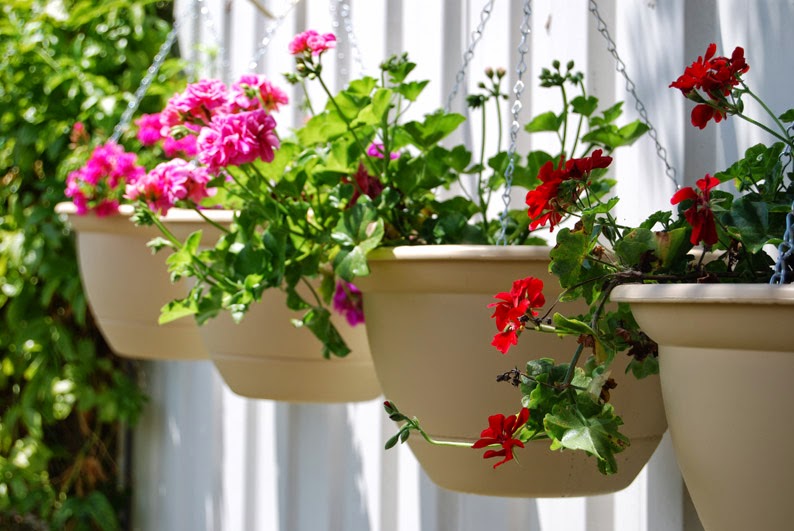I'll never match Gene Kelly and his 'Singing in the Rain' routine, but I've just been dancing around our garden, flinging in the rain, and I feel just as good as Gene ever did.
You see, it's citrus fertilising time, and in recent years I've decided to abandon any pretence to sanity for this special occasion, and as soon as I hear the rain falling, I'm out in the garden with my bag of perfumed chicken poo, flinging it under our fruit trees, while the rain does the other important job – watering in the fertiliser while it gently soaks the skin of one slightly crazy old gardener.
 |
As well as this 'Eureka' lemon tree we have
a 'Tahiti' lime and a Thai lime in a pot. They
all get a good feed now. For this lemon tree,
I give it about a dozen generous handfuls.
The potted citrus gets just one handful, but
I feed it several times a year, unlike its big
siblings planted in the ground. |
For Australian (and I guess all other Southern Hemisphere gardeners) you should feed your citrus trees twice a year: at the end of summer (late February) and the end of winter (late August).
Now, as for what to use, your choices are many, but I go for chicken poo every time. Here in Australia it's sold under several brand names, but the biggest seller is Dynamic Lifter. Not all Dynamic Lifters are equal, though, so you should check out the labelling before you buy anything, as some products are "organic" and others are "organic-based".
 |
Here's the "organic based" version, which I
spread around the garden this morning. As well
as the chicken poo, it contains non-organic
additives to boost its performance as a fruit
food. So, if you are ideologically pure when it
comes to organic gardening, it's a sin.
But if you are like me, and you practise all the
other organic gardening basics, such as using
compost and mulch to feed the soil and refraining
from the use of any nasty chemical sprays, then
a bit of organic-based rocket fuel to keep fussy
citrus happy isn't such a big sin. So there. |
 |
However, if you are pure of heart and
purpose, an organic saint, there are forms
of manures sold which contain no additives,
and they're all great plant foods. Look for
the organic certification seals on the packet.
If it's the real thing, it should have them. |
My excuse is that every second time round, I choose rocket fuel over standard fuel, and I think our citrus like that little boost to their diet.
The moral of the story, though, is that whatever you choose, use it now. You can do it in the sunshine and water the fertiliser in with a hose (the boring but sensible option), or you can do it in the rain, dancing around your garden like a slightly deranged, green-thumbed Gene Kelly.

































